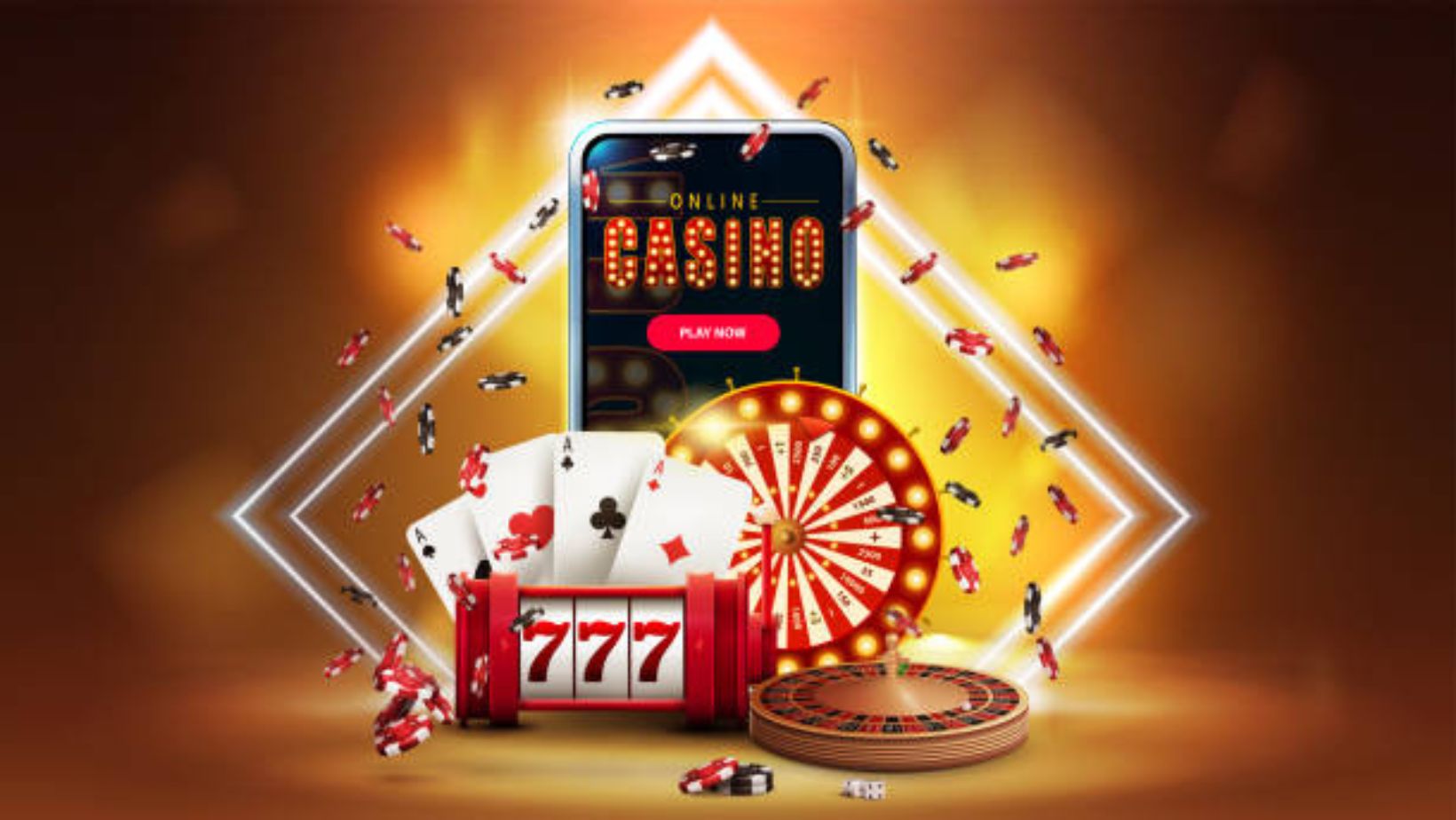Casino environments are meticulously crafted to maximize player engagement and profitability. From the layout of slot machines to the choice of ambient music, every aspect of a casino’s design serves a psychological purpose.
These elements influence how long players stay, how much they spend, and even how they feel while gambling. Understanding the strategies behind casino design offers insight into the fascinating intersection of psychology and architecture.
One area where design meets player behavior is in the arrangement of games like clashofslots, which appeal to players seeking more control over their gameplay. These slots allow players to purchase direct access to bonus rounds, bypassing standard spins and adding an extra layer of strategy.
Strategically placing bonus buy slots in high-traffic areas not only attracts attention but also keeps players engaged by offering them a chance to jump straight to the most exciting part of the game. The design of these machines, with flashing lights and rewarding sounds, creates a cycle of instant gratification that players find hard to resist.
The Role of Lighting and Sound
Lighting and sound are two of the most powerful tools in casino design. Bright, colorful lights draw attention to slot machines and table games, creating an atmosphere of excitement and anticipation. Strobing lights often accompany jackpots or big wins, signaling to nearby players that fortune might favor them next. Similarly, the soundscapes of casinos are carefully curated. Cheerful jingles and the clinking of coins simulate a continuous stream of winnings, even if most players are losing.
These stimuli work together to immerse players in the gaming environment. Research suggests that this combination can even alter perceptions of time, making players less aware of how long they’ve been gambling. The absence of windows and clocks further enhances this effect, ensuring that players remain focused on the games rather than the outside world.
Casino Layout: The Labyrinth Effect
Casino layouts are intentionally designed to disorient visitors and encourage wandering. Known as the “labyrinth effect,” this approach places high-margin games, such as slot machines, along winding paths that lead to more traditional table games. The idea is to expose players to as many games as possible during their journey through the casino.

High-traffic areas, such as entrances and walkways, often feature visually striking machines like the aforementioned bonus buy slots. This strategic placement increases the chances of players stopping to try their luck. Meanwhile, low-stakes tables are usually positioned near the front to entice beginners, while high-stakes tables are tucked away in more private areas to accommodate seasoned players seeking exclusivity.
The Psychology of Colors
Colors play a significant role in influencing player behavior. Casinos frequently use a palette of reds, golds, and yellows to evoke feelings of excitement and wealth. These warm tones are believed to stimulate the brain and encourage risk-taking. Conversely, cooler tones like blues and greens are often reserved for areas where players might need to relax, such as bars or lounges within the casino.
The strategic use of color extends to the machines themselves. Slot machines often feature bold, contrasting colors to ensure they stand out in the crowd. The design of bonus buy slots, for instance, leverages vibrant animations and eye-catching themes to draw players into their unique gameplay mechanics.
The Importance of Comfort
Comfort is another critical factor in casino design. Plush chairs, spacious gaming areas, and free-flowing drinks all contribute to creating an environment where players feel at ease. This sense of comfort encourages longer gaming sessions, which, in turn, increases the casino’s revenue.
Even the design of gaming tables takes player psychology into account. Tables are often arranged in circular or semi-circular layouts to foster a sense of camaraderie among players, making the experience feel more communal. This design encourages players to stay and socialize, even if they’re not actively gambling.
Technology’s Growing Influence
As technology continues to evolve, so does the design of casinos. Interactive screens, digital displays, and virtual reality (VR) experiences are becoming more common. These advancements not only enhance the gaming experience but also provide casinos with valuable data on player behavior. For example, digital slot machines can track how long a player spends at a machine and adjust the game’s difficulty or rewards to keep them engaged.
Bonus buy slots, a popular feature of modern digital casinos, are an excellent example of this technological integration. These games leverage data analytics to determine optimal bonus round payouts, ensuring players remain interested without the casino sacrificing profitability. The visual and auditory cues in these games are also tailored to create a sense of anticipation and reward, keeping players hooked.
Hospitality and Rewards Programs
The influence of casino design extends beyond the gaming floor. Hotels, restaurants, and other amenities are often integrated into the casino experience to encourage extended stays. Rewards programs further enhance player loyalty by offering incentives such as free meals, discounted rooms, or even cash back on losses.

These programs often operate on a tiered system, with higher levels providing increasingly attractive perks. By making players feel valued, casinos ensure they return for future visits. Additionally, the physical design of these spaces is equally important. Luxury interiors and convenient access to gaming areas create a seamless transition between relaxation and gambling.
Online Casinos: Adapting Design Strategies
The principles of casino design are not limited to physical spaces; they also apply to online platforms. Online casinos use vibrant graphics, engaging sound effects, and intuitive interfaces to replicate the sensory experience of a traditional casino. Features like bonus buy slots are particularly popular in this space, as they provide players with an added level of convenience and excitement.
Moreover, online casinos leverage algorithms to analyze player behavior and suggest games tailored to individual preferences. This personalized approach not only enhances user satisfaction but also increases the likelihood of repeat visits.
Ethical Considerations in Casino Design
While the design strategies employed by casinos are undeniably effective, they also raise ethical concerns. Critics argue that these environments are designed to exploit players’ psychological vulnerabilities, particularly those of problem gamblers. Features such as bonus buy slots, which offer instant gratification, can be especially problematic for individuals prone to impulsive behavior.
To address these concerns, some casinos have implemented responsible gaming initiatives, such as self-exclusion programs and spending limits. However, the balance between profitability and ethical responsibility remains a contentious issue in the industry.
Conclusion
The design of casinos is a masterclass in psychological manipulation. From the layout of the gaming floor to the sensory stimuli of lights and sounds, every detail is crafted to influence player behavior and maximize revenue. Features like bonus buy slots exemplify how modern technology is reshaping the gambling experience, offering players new ways to engage with their favorite games.
As the industry continues to evolve, the integration of technology and ethical considerations will likely play a more significant role in shaping the future of casino design. Whether in physical spaces or online platforms, the principles of design remain central to the success of this ever-expanding industry.
